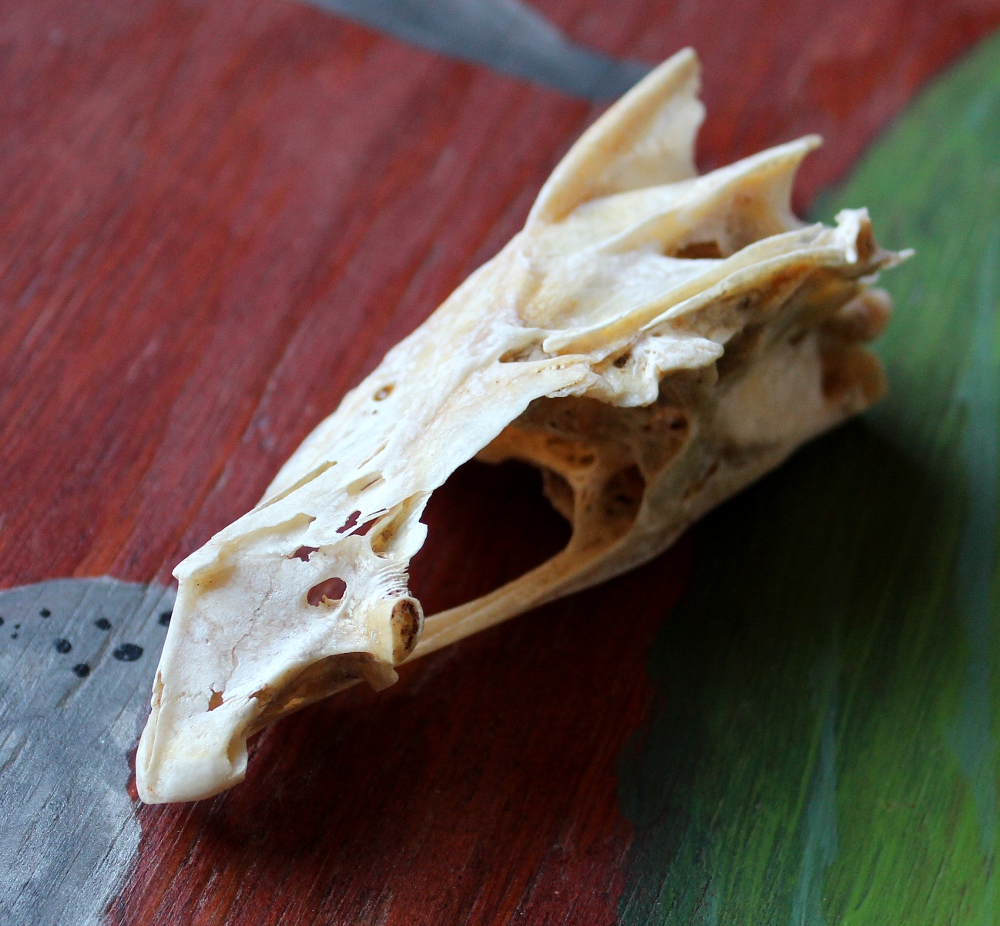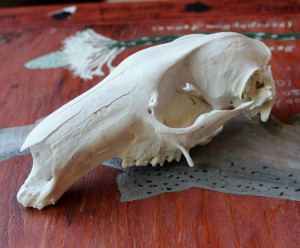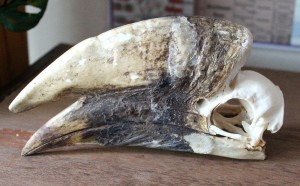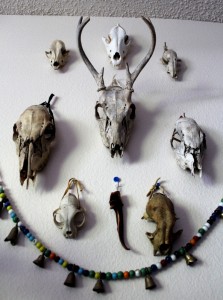Samhain’s a month past, now, and autumn hangs more heavily here; deciduous trees have lost all but a few leaves to the increasing winds, and the birds visit my feeders much more frequently than they did just a few weeks ago. Nature is still alive and well, but more somber and quiet in her demeanor. While for me the threat of famine or freezing is incredibly slim, winter historically was–and sometimes still is–time to reflect upon death and those who have gone before. In October I wrote three letters to my ancestors over at Paths Through the Forests, but my thoughts haven’t ended there. I’ve been letting the time of year and the increased struggle of the neighborhood birds slowly turn over in my mind, even as my schedule shifts and slows with the seasonal changes.
Surprisingly, what touched off this particular focus on death was Netflix. Or, more specifically, the new Cosmos hosted by Neil deGrasse Tyson, which I’m just now getting around to watching. There are echoes of Carl Sagan’s original Cosmos, including the exploration of the metaphorical calendar year in which we humans compose only the last few moments. It reminded me of how we only have a tiny eyeblink of time in this life. Some may be comparatively longer eyeblinks than others, but when you consider the mind-bogglingly immense lifespan of Earth, and the even greater span of the universe, the difference of a few decades is imperceptible. Still, to us here in our human lives the count of years is important, and we want as many seasons as we can get.
In American culture that means treating death like the enemy. Everyone dies, of course. But we go through ridiculous means to pretend we’re immortal, even if only in our own minds. We spend more and more money each year on cosmetic approximations of youthfulness, and scientists are working to find the exact cause of ageing so that we may hopefully someday slow it down and enjoy longer lives. Of course we mourn when someone dies, and those who know their days are numbered through terminal illness often go through their own grieving journey for themselves. Few of us ever actually want to leave this place once we’re here, even with all its challenges and sorrows.
Some of it, of course, is our deeply ingrained will to survive; without it, our ancient ancestors millions (even billions) of years ago never would have gone on long enough to give birth to us and the other living beings of the 21st century. But it’s also an appreciation of the good things in this world; we don’t want to lose the people we’re closest to, and we hate the idea of never getting to see the next summer–or the next sunrise. Sometimes instead of enjoying our lives, though, we waste them trying to cheat death. And what good is it to spend your waking moments obsessed with when your eyes shut for the last time? You’ve already made yourself blind.
Yet I can’t help but appreciate the contribution death makes to life. If we were truly immortal, if we knew our lives had no end, how different our attitudes might be! We could cultivate endless laziness and boredom until we damned our lack of death. It is the inevitable ending, and the fact that most of us know neither the day nor the hour of its arrival, that makes life worth appreciating. Death is the price we pay for life. Every one of us is given a finite time on this planet, no more and no less. All our religions and beliefs aside, we cannot know for sure that there’s anything after we die. We don’t even know how much life we have left–it could be a few moments, it could be decades.
Death is a reminder not to take what we do know we have for granted. It’s the thing that makes life so precious–our brief moment in the sunlight before it fades again. We cannot buy more life. We cannot cheat death. All we can do is take each day, each hour, each breath as it comes, and appreciate that we have made it a little longer on this beautiful, chaotic, disastrously wonderful planet we call home.
And from death comes more life. A deer that dies of battle wounds in the autumn feeds countless other animals during the hard, cold winter, giving them the strength they needed to live another day, and in the spring its remains will continue to feed fungi, bacteria, plants. Eventually every bit of its body will return to the cycles that created it in the first place; all the food it had collected in its own body in the form of muscles and fur, skin and bones, will be returned, as it was only borrowed. So do we all only borrow our bodies from the rest of the world for a little while.
All this makes me more grateful to be alive. And all this makes me grateful that death is in this world.
Are you interested in reading more about the role of death and reclamation in my spiritual work? Consider picking up a copy of my book, Skin Spirits: The Spiritual and Magical Use of Animal Parts in which I detail both the spiritual and practical elements of my art and ritual work with hides, bones and other animal remains.





